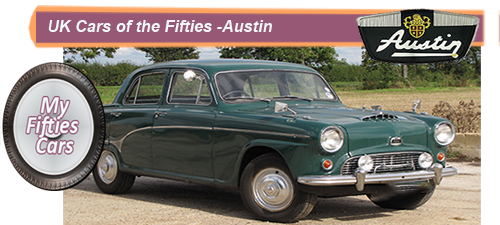 Herbert Austin, founder of the Austin Motor Company, was a rare combination of talented engineer, gifted visionary while having the gift of incredible business acumen.
Herbert Austin, founder of the Austin Motor Company, was a rare combination of talented engineer, gifted visionary while having the gift of incredible business acumen.
The influence that Austin had on the UK Auto industry during the first half of the Twentieth Century was immense, although it began far from British shores - in the city of Melbourne, Australia.
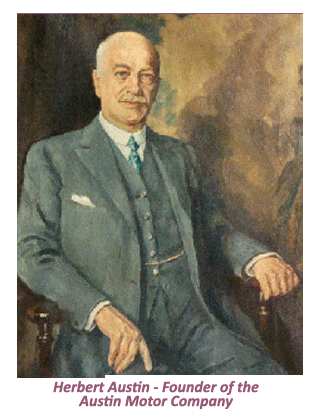 It was there that Austin studying engineering at Melbourne University had the good fortune to meet up with Frederick Wolseley, Irish-born owner of a precision engineering company.
It was there that Austin studying engineering at Melbourne University had the good fortune to meet up with Frederick Wolseley, Irish-born owner of a precision engineering company.
Wolseley took a liking to the young Austin and offered him a job in his factory, which, at that time was principally involved in producing sheep-shearing machines, although beginning to dabble in auto engineering.
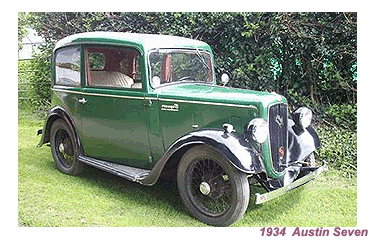 Having gained some invaluable experience in the fledgling automobile industry in 1889 Austin returned to the United Kingdom to continue his profession as an engineer.
Having gained some invaluable experience in the fledgling automobile industry in 1889 Austin returned to the United Kingdom to continue his profession as an engineer.
 However something profound had been kindled inside him, and five years later, in 1904, Hebert Austin made the fateful decision to establish his own car manufacturing company.
However something profound had been kindled inside him, and five years later, in 1904, Hebert Austin made the fateful decision to establish his own car manufacturing company.
![]()
Thanks to Austin's drive and ambition, within less than forty years the Austin Motor Company grew to become one of the largest car manufacturers in the World.
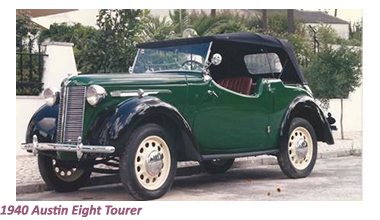 Austin, whose work ethic was unsurpassable, headed the company that he formed until his death in 1940.
Austin, whose work ethic was unsurpassable, headed the company that he formed until his death in 1940.
Ever the visionary, Austin, began handing over the running of the auto empire he had built to his chosen successor, the highly talented Leonard Lord, who he had persuaded to join the company in 1938.
With Lord at the helm, Austin continued to drive forward, with the launch of some new models, in particular, the best-selling 8HP, 10HP, and 12HP models.
In 1939 Britain once again found itself at war, and the Longbridge plant was called upon to play its part, producing huge numbers of aircraft, trucks and cars for military use.
![]()
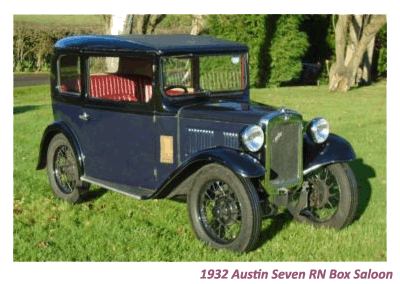 After the war, Austin was soon back in production for the domestic market, soon beginning to realize the potential of the 8hp, 10hp and 12hp models they had released in the late Thirties.
After the war, Austin was soon back in production for the domestic market, soon beginning to realize the potential of the 8hp, 10hp and 12hp models they had released in the late Thirties.
Driven by the exceptional post-war demand, Austin went through a period of massive expansion.
 The one-millionth Austin rolled off the assembly lines in 1947 and, a barometer of the company’s success, the second millionth ran off the production line just five years later.
The one-millionth Austin rolled off the assembly lines in 1947 and, a barometer of the company’s success, the second millionth ran off the production line just five years later.
This massive surge in sales was driven by the introduction of some new ranges covering a comprehensive spectrum, from the compact car to the limousine,
![]()
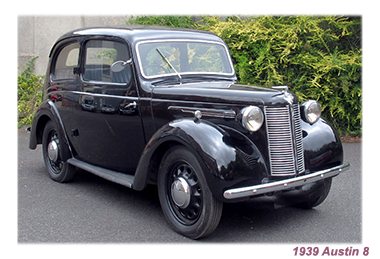 In 1952 the UK auto industry was stunned by the announcement that the Austin owned Nuffield Group would be amalgamating with the Morris, Group to form the British Motor Corporation (BMC), becoming, overnight, the most substantial car manufacturer not only in Europe, but in the World.
In 1952 the UK auto industry was stunned by the announcement that the Austin owned Nuffield Group would be amalgamating with the Morris, Group to form the British Motor Corporation (BMC), becoming, overnight, the most substantial car manufacturer not only in Europe, but in the World.
The colossal BMC grew even larger with the addition of Jaguar and Daimler, and by the time Triumph and Rover were amalgamated with the concern it had become the British Leyland Motor Corporation.
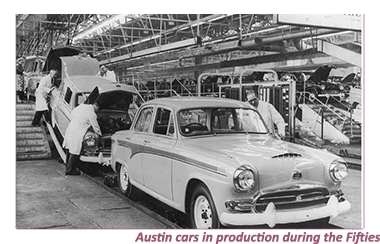 Throughout the Fifties, Austin continued to inspire the development of many new BMC cars, which strengthened in 1958 when a design partnership was forged with Pininfarina, the highly regarded, independent Italian car design and coachbuilding companies.
Throughout the Fifties, Austin continued to inspire the development of many new BMC cars, which strengthened in 1958 when a design partnership was forged with Pininfarina, the highly regarded, independent Italian car design and coachbuilding companies.
The Anglo/ Italian proved to be particularly fruitful, with the first fruits coming with the launch of the first "new-generation" cars- the Austin A40 Farina.
 Up to the late Sixties, BMC remained a crucial player in the UK auto industry, Although their image became gradually tarnished as a result of serious industrial disputes in the company's plants which led to a dramatic fall in quality and rise in delivery dates.
Up to the late Sixties, BMC remained a crucial player in the UK auto industry, Although their image became gradually tarnished as a result of serious industrial disputes in the company's plants which led to a dramatic fall in quality and rise in delivery dates.
Unbelievably, the massive empire that Herbert Austin had built, almost with his own two hands, gradually faded into insignificance during the Seventies.
Take me back to the home page.


